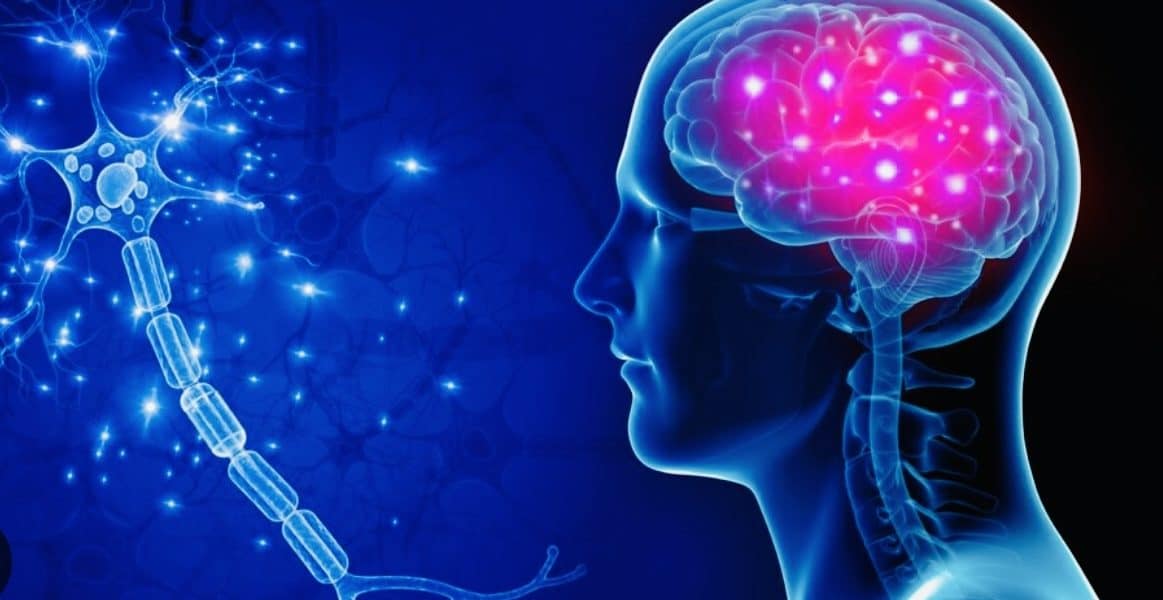By Sumaiya Farheen, June 2023
What is a Stroke?
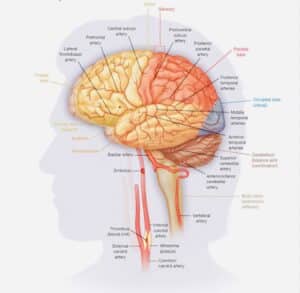
Stroke is a serious medical condition that occurs when the blood supply to the brain is disrupted, leading to brain cell damage or death.
While traditional medical interventions play a crucial role in stroke management, complementary therapies can provide additional support during the recovery process.
In this blog post, we will explore several unique therapies, such as shockwave therapy, massage, low-level laser therapy, physiotherapy and osteopathy so to how they can aid in stroke healing and rehabilitation.
Types of Stroke NHS
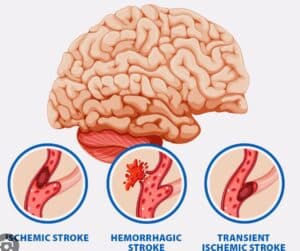
1.) Ischemic Stroke- It occurs when a blood clot or plaque buildup blocks or narrows a blood vessel supplying blood to the brain, leading to a lack of oxygen and nutrients.
2.) Hemorrhagic Stroke- This type of stroke occurs when a blood vessel in the brain ruptures or leaks, leading to bleeding in or around the brain tissue.
Thy are typically caused by conditions such as high blood pressure (hypertension), aneurysms, arteriovenous malformations (AVMs), or head trauma.
3.) Transient Ischemic Attack (TIA)- Also known as a “mini-stroke,” a TIA is a temporary interruption of blood flow to the brain.
TIAs are often warning signs of an impending stroke and should be taken seriously as they indicate an increased risk of a full-blown stroke in the near future.
Shockwave Therapy-
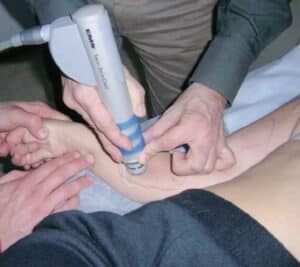
Shockwave therapy involves the use of acoustic waves to stimulate tissue repair and regeneration.
It has gained recognition as a non-invasive treatment option for various musculoskeletal conditions, including stroke-related impairments.
Studies suggest that shockwave therapy can improve motor function, spasticity, and muscle tone in stroke survivors. By enhancing blood circulation and promoting tissue healing, shockwave therapy can potentially accelerate the recovery process.
Massage Therapy-
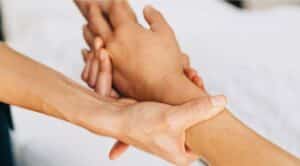
Massage therapy is a hands-on technique that involves manipulating the soft tissues of the body. It offers numerous benefits for stroke survivors, such as promoting relaxation, reducing muscle tension, and improving blood circulation. Furthermore, it can contribute to stress reduction and overall well-being, supporting the mental and emotional aspects of recovery.
Low-Level Laser Therapy (LLLT)-
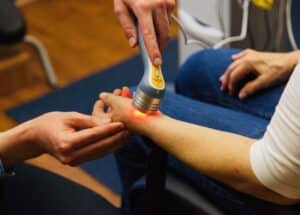
Low-level laser therapy, also known as cold laser therapy, employs low-intensity lasers to stimulate cellular activity and accelerate tissue repair.
LLLT has demonstrated promising results in stroke rehabilitation by enhancing neuroplasticity, reducing inflammation, and promoting angiogenesis (formation of new blood vessels).
This therapy can potentially aid in the recovery of motor function, sensory perception, and cognitive abilities following a stroke.
Physiotherapy-
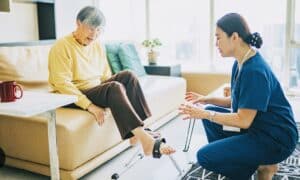
Physiotherapy plays a crucial role in stroke rehabilitation, focusing on restoring mobility, strength, and functional independence.
Stroke survivors often experience various physical impairments, such as muscle weakness, balance problems, and coordination difficulties.
Through targeted exercises, gait training, and balance exercises, physiotherapy can help individuals regain their physical abilities. Additionally, physiotherapists can provide education and support for managing long-term stroke-related challenges.
Osteopathy-
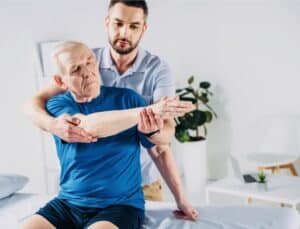
Osteopathy is a holistic approach that emphasizes the importance of the musculoskeletal system in overall health and well-being.
Osteopathic treatments can aid in stroke recovery by addressing musculoskeletal imbalances, improving joint mobility, and relieving associated pain.
Furthermore, osteopaths consider the interconnectedness of the body’s systems, focusing on optimizing the body’s self-healing mechanisms to promote recovery and overall health.
Our Osteopath, Andrew Lakmal Siyabalawatte has personally overseen several stroke patients successfully through their recovery.
Conclusion-
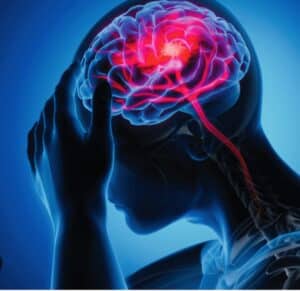
Stroke is a life-altering event that requires urgent attention and appropriate medical care. By understanding the warning signs, adopting preventive measures, and seeking timely treatment, we can significantly reduce the risk of stroke and its devastating consequences.
Remember, education and awareness are key in saving lives and improving outcomes.
While stroke rehabilitation primarily relies on conventional medical interventions, complementary therapies such as shockwave therapy, massage, low-level laser therapy, physiotherapy, and osteopathy can play a valuable role in the recovery process.
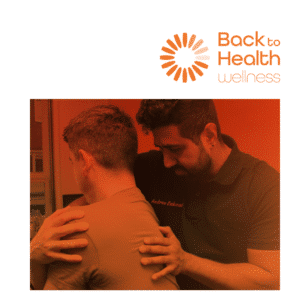
These therapies offer unique benefits, ranging from tissue repair and pain relief to enhanced mobility and functional independence.
It is crucial to consult with healthcare professionals and experienced practitioners to determine the most suitable combination of therapies for individual stroke survivors.
By embracing a multidisciplinary approach, we can maximize the chances of successful recovery and improve the quality of life for those affected by stroke.

